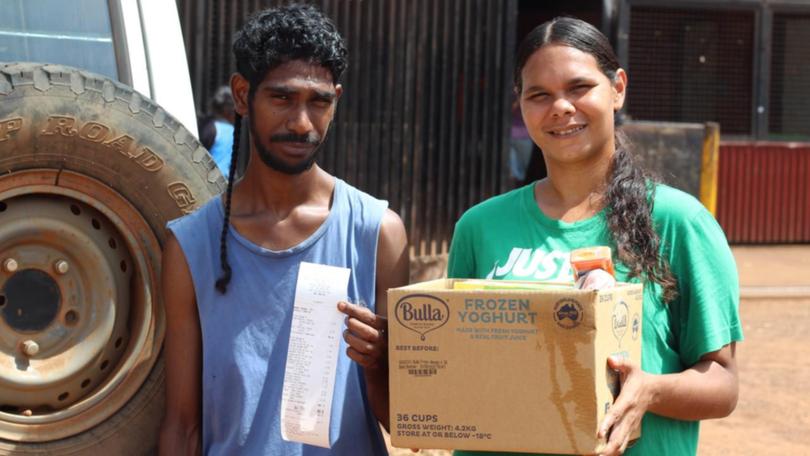Grocery prices: Nine common pantry items cost more than $100 in remote Indigenous communities

Apples, carrots, breakfast cereal, flour, pasta, tea bags, cheese, milk and mince might seem like a simple shopping list of essential groceries.
But in some remote communities, these nine staple items cost a total of more than $100.
Consumer advocacy organisation Choice conducted a mystery shop in four remote community grocery stores in Western Australia and the Northern Territory.
Sign up to The Nightly's newsletters.
Get the first look at the digital newspaper, curated daily stories and breaking headlines delivered to your inbox.
By continuing you agree to our Terms and Privacy Policy.The WA stores were in the Great Sandy Desert and Pilbara regions, while the Northern Territory shops were in the West Daly area and on the Tiwi Islands.
The highest price for the items was in NT’s West Daly region, where the basket cost $110.82.
“If you’re on a low wage or a Centrelink payment, with a high cost of living, then you are making a choice between what meals you don’t have,” Mob Strong Debt Help financial counsellor Bettina Cooper told AAP.
“You don’t have a choice of shopping somewhere else.”
Choice journalist Jarni Blakkarly said the investigation highlighted food insecurity and high prices as significant issues in remote communities across the country.
“The price differences between identical items in remote communities and capital cities is pretty astounding,” he said.
“In capital cities, for example, you’ll pay on average $4.87 for a kilo of apples.
“At the store we visited on the Tiwi Islands, people are paying $7.50 a kilo.
“At the West Daly store, apples will set you back $9.10 per kilo.”
Tiwi Island resident, Rosie told Choice she sometimes had to ask family or friends for help with grocery costs.
“I didn’t realise it was that much to support a little family,” she said.
“You want to be independent but you can’t because the prices at the shops are really high.”
Ms Cooper, a Boandik woman, said she had visited remote communities where prices were not displayed on some items - usually fresh fruit and vegetables.
“You’re not going to choose healthy options if you don’t know what it’s going to cost you,” she said.
“We want to have people with healthy diets and less blood pressure, less diabetes, less issues - give them the tools to be able to achieve that goal, not double the cost.”
Ms Cooper said governments could help reduce pressure on remote communities by subsiding freight and monitoring remote grocery prices.
“We’re not increasing Centrelink payments, wages aren’t going up with cost of living, there’s no opportunity to shop around - then we should be having price caps on basic essential items,” she said.
“If we’re serious about closing the gap and serious about giving my First Nations brothers and sisters a fair go, then we need to make sure we’re putting people before profit.”
